5 Important Aspects in Vannamei Shrimp Farming that Must Be Known
The following are the crucial points that should be considered in Vannamei shrimp farming:
Important Aspects in Vannamei Shrimp Farming
1. Availability of Water Source
One of the crucial aspects in Vannamei shrimp farming is the presence of a good water source. Vannamei shrimp require good water quality for optimal growth. Ensure that the pond water is free from contaminants such as industrial waste, agricultural waste, pathogens, and carriers of pests that can harm shrimp’s health.
Additionally, it’s important for farmers to routinely monitor water quality parameters daily. Optimal water quality conditions can promote optimal shrimp growth.
2. Type of Pond
When planning to construct shrimp ponds, it’s important to consider the type of pond that suits the budget and project objectives. There are four different types of ponds in terms of technology: extensive ponds (traditional), semi-intensive, intensive, and super-intensive.
Extensive ponds are known for low stocking densities, hence they tend to have lower productivity. However, they are easier to maintain compared to other types of ponds, resulting in lower risks of shrimp diseases. Typically, stocking densities in extensive ponds are <50 shrimp/m2.
On the other hand, semi-intensive ponds have higher stocking densities than extensive ponds, but are not as densely stocked, typically around <100 shrimp/m2.
Intensive ponds generally use direct earthen ponds but can be equipped with liners to reduce soil erosion. Intensive pond depths are also deeper than 1 meter to allow shrimp to move freely. Stocking densities in intensive ponds are >100 shrimp/m2.
Super-intensive ponds have even higher stocking densities, >200 shrimp/m2. However, this type of pond requires considerable investment due to the higher oxygen demand, necessitating more oxygen supply equipment. The depth of intensive ponds should also be increased to around 2.6 meters to prevent overcrowding of shrimp.
.png)
3. Selection of Postlarvae (PL)
The selection of postlarvae (PL) is crucial in Vannamei shrimp farming and should be carefully considered. The PL to be stocked should be healthy and free from diseases. Therefore, the PL must undergo a series of tests to ensure their health.
Before stocking, the PL should be in a stress-free condition after the shipping process. During transportation, the PL will be anesthetized and needs to recover before stocking. The recovery process can be done by gently swirling the PL bags. PL that are in good condition will swim against the current, while stressed PL will follow the current. Stressed PL should not be stocked immediately to reduce mortality rates.
The transportation of PL from the hatchery to the ponds poses its own challenges. PL must have sufficient oxygen supply during transportation to remain alive and reduce stress due to shipping.
.png)
4. Feed Selection
Choosing the right feed with appropriate nutrition is important in Vannamei shrimp farming and should be considered by all farmers. Various types of feeds are available for Vannamei shrimp farming, ranging from natural feeds to artificial feeds.
Ensure that the feed you choose has a balanced nutrient content suitable for the shrimp’s growth at each stage. Additionally, the amount and frequency of feeding should be well-regulated to avoid overfeeding or underfeeding.
5. Farm Management During Farming
Effective pond management is crucial to achieve optimal harvest results. This includes routine monitoring of pond environmental conditions, disease and predator control, feed management, and maintenance of pond infrastructure. Additionally, a risk management plan should be developed to anticipate potential issues that may arise during shrimp farming.
Cre: DELOS Aqua
Ngày đăng : 28/05/2024
1691 View
Other Articles
Vietnamese shrimp and catfish choose a sustainable path in global competition
End-of-Season Shrimp Prices Reach Record Highs
Norway – Russia Reach Barents Sea Fisheries Agreement for 2026
Cà Mau strengthens traceability to enhance the competitiveness of the shrimp industry.
Cold stress: Effects on the plasma characteristics of whiteleg shrimp.
A new breakthrough in the prevention of diseases caused by the microsporidian parasite EHP in shrimp farming
Vietnam’s shrimp export outlook in the first quarter of 2026 continues to face heavy pressure from tariffs.
New England’s shrimp fishery to shut down for the long haul after years of decline
Crab exports to the United States account for more than 80%.
Thailand sets a target to increase shrimp production to 400,000 tons by 2026.
CTU-RAS: Recirculating Shrimp Farming for Sustainable Development
Vietnamese aquatic products reach new markets








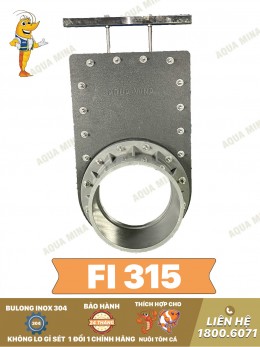
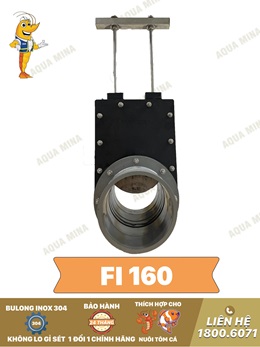

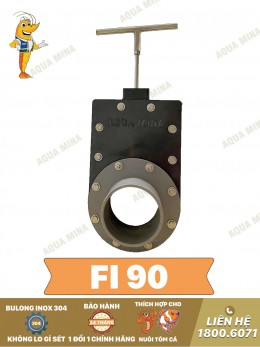
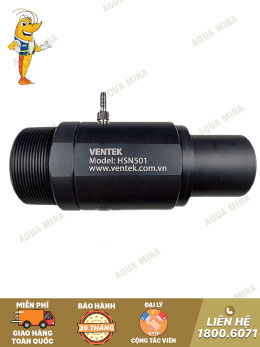
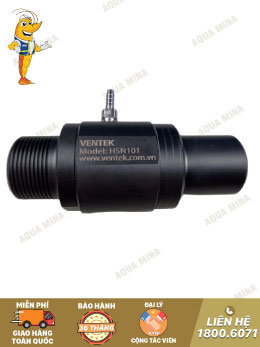
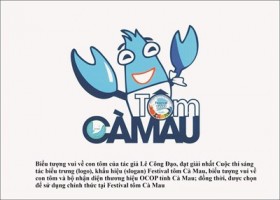
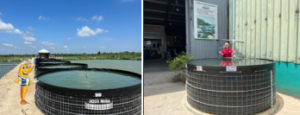
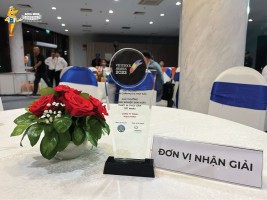
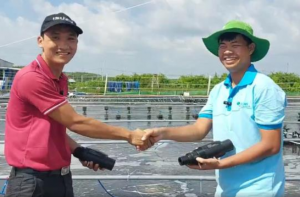
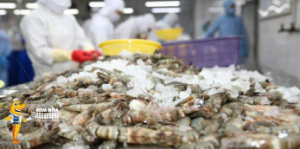
.jpg)